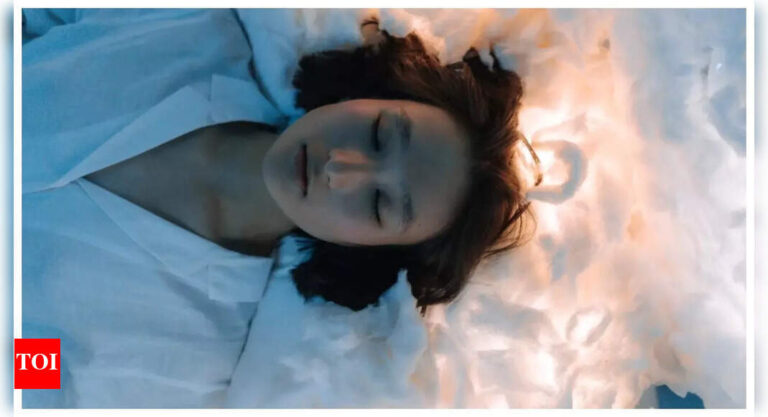
Who does not love a good optical illusion? In the last few years, optical illusions have garnered a lot of interest, and they are not just for fun! They are also a great tool to sharpen your brain, improve your eyesight, and better your analytical skills. So, are you ready for another illusion?Find the catRecently, The Reddit community r/FindTheSniper featured a post, which displays an image of a house exterior. The two cars and multiple trees create an unremarkable scene at first view. A sneaky cat remains concealed from view, because it blends perfectly with its environment in this picture. The challenge requires participants to locate the cat within 10 seconds while they examine the image.Medium difficultyThe challenge rates as “medium” difficulty, but players who have experience still struggle to solve it. The time constraint proves challenging for many players because they fail to detect the cat before the 10-second limit expires, which demonstrates the requirement for intense concentration and detailed observation skills.The black and white cat rests against a tree base which positions it at the center of the image. Your first attempt to find the cat within 10 seconds will place you among the top 1% of players.The big revealGive up? Here’s the answer. The cat appears on the second-floor window which faces left and sits directly above the tree. A commenter noted that the cat rests on top of the bushes near the window yet its perfect environmental camouflage makes it difficult to notice initially.Types of optical illusionsThere are three main types of optical illusions:Literal Illusions: These occur when the brain combines elements of an image to create something that doesn’t exist. For example, an image might look like two faces or a vase depending on how you interpret it.Physiological Illusions: These are caused by overstimulation of the visual system, such as excessive exposure to light, movement, or color. They can create effects like afterimages or motion illusions.Cognitive Illusions: These rely on how the brain subconsciously interprets information. Examples include illusions like the Müller-Lyer illusion, where lines appear longer or shorter due to surrounding shapes.








